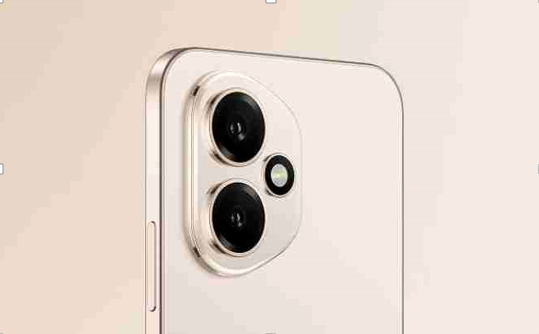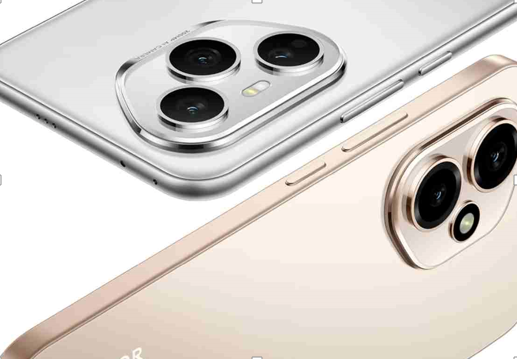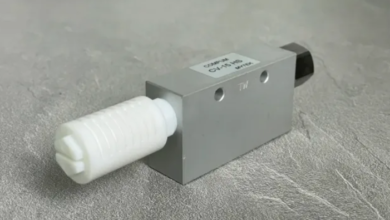What to Expect from the Smartphone Durability?

Smartphone durability affects more than just how long a phone lasts—it shapes user experience, repair costs, and resale value. As smartphones become thinner and more powerful, their ability to survive daily wear becomes a bigger concern. Understanding what makes a phone like the HONOR 400 5G durable helps users choose wisely and protect their investment.
Key Factors That Affect Smartphone Durability
Durability comes from a combination of design, materials, testing, and real-world handling. Some features make a noticeable difference, while others serve more as marketing.
Water and Dust Resistance Ratings
Many smartphones now carry IP ratings, which show how well they resist dust and water. IP stands for “Ingress Protection,” and the numbers that follow describe the level. For example, IP68 means the phone is dust-tight and can survive submersion in water up to a certain depth and time. These ratings do not make phones waterproof, but they offer peace of mind during accidental spills or brief exposure to rain. However, water resistance can wear down over time. Manufacturers typically test new devices in lab conditions, so users shouldn’t assume permanent protection. It’s also worth checking whether water damage is covered by the warranty—it often isn’t.
Glass vs. Plastic: What Holds Up Better
Most smartphones use glass on the front and back, often marketed as “tough” or “scratch-resistant.” While glass gives a premium feel and better clarity, it’s still prone to shattering on impact. Even strengthened glass can crack when dropped on hard surfaces. Front and back protectors or cases are still essential for long-term protection. Plastic, used in some mid-range or rugged models, resists shattering better but scratches more easily. It also tends to feel less sleek. Some phones mix materials, using metal frames with plastic or glass backs to balance durability with style. Each material has trade-offs, and users should consider how they use their phone before deciding what works best.
See also: Oase Pond Filters – Premium Filtration for Crystal Clear and Healthy Ponds
Drop Tests and Reinforced Designs
Drop tests provide insight into how a phone holds up under pressure. These tests vary widely but often simulate falls from common heights onto concrete or tile. Reinforced corners, shock-absorbing frames, and raised bezels improve drop resistance. Some phones are built with durability as a priority and pass military-grade certification tests. However, most flagships still prioritize slimness and aesthetics over ruggedness. Thin designs with edge-to-edge glass are more fragile by nature. Users who regularly drop devices should invest in models with more structural support or add protective accessories like shockproof cases.
How to Protect and Prolong Your Smartphone
Even with solid design and materials, no phone is immune to damage. Daily habits, accessories, and care routines play a big role in determining how long a smartphone lasts. Using a case and screen protector may seem basic, but they’re highly effective. Screen protectors shield against scratches and reduce the chance of cracks from small impacts. Tempered glass versions offer better protection than plastic films. A quality case helps absorb shock from falls, particularly around the corners where damage often starts. Slim cases maintain the look of the device while still providing defense. Rugged cases offer more coverage but add bulk. The best option depends on the user’s lifestyle. People who work outdoors or travel frequently should prioritize function over form when choosing protection.
Avoid Exposure to Extreme Conditions
Extreme heat or cold weakens smartphone components over time. High temperatures can cause battery swelling, screen discoloration, or slower performance. Cold conditions may shorten battery life and make the display sluggish. Avoid leaving phones in hot cars, direct sunlight, or freezing environments. Moisture also poses long-term risk, even with a water-resistant rating. Avoid charging a wet phone and dry it thoroughly if exposed to water. Wipe down the charging port, speakers, and buttons to prevent corrosion or buildup.

Conclusion
Smartphone durability depends on both design and how the user handles the device. No phone is indestructible, but many are built to withstand everyday accidents when paired with smart care. Water resistance, quality materials, and structural support all play a role, but real-world behavior often makes the biggest difference. Choosing a durable model means looking beyond the surface. Consider how and where you use your phone, then match the build quality and protection accordingly. Take time to invest in the right accessories and develop habits that extend your phone’s life. A smartphone should last more than a year or two with proper use. By understanding what affects durability and taking simple steps to protect it, users can enjoy a smoother experience and better value over time.






